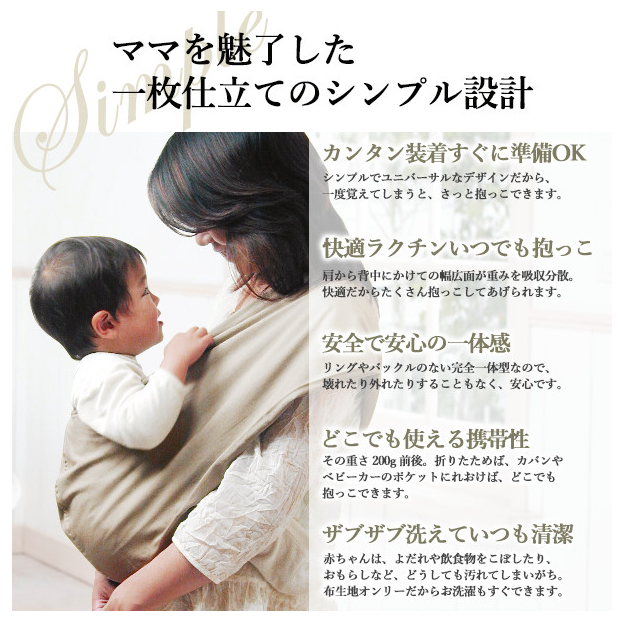Breastfeeding Success May Depend on Getting a Good Start
·

·
UCLA Health | Vital Signs | SPRING 2017 | VOLUME 74
Most new mothers in the U.S. want to breastfeed their babies, yet only about half are still nursing at six months following birth, according to government statistics. The reality is that a number of problems can arise that derail breastfeeding. New mothers may stop nursing due to sore nipples, a low milk supply, fatigue or problems with the baby latching on to feed, says Angela Valle, MD, a UCLA OB/GYN in Westlake Village.
Some problems can be avoided by getting off to a good start in the hospital. Ideally, breastfeeding should be initiated promptly following childbirth. “Women who begin breastfeeding in the hospital have a much higher likelihood of continuing nursing their children into the first year of life,” says Leena Shankar Nathan, MD, a UCLA OB/GYN in Westlake Village. “We recommend six months of exclusive breastfeeding.”
At UCLA, mothers who wish to breastfeed follow a protocol to increase the chances of success, says Georgann Abraham, RN, coordinator of the UCLA Health BirthPlace. That means letting nature take its course. Immediately following childbirth, the infant is placed on the mother’s chest, skin-to-skin, to facilitate nursing. “When you put the baby on the abdomen, within an hour the baby will go through several instinctual stages — they will crawl up, massage the breast, smell it and latch on,” she explains. “The babies drive milk production.”
In the hospital, new mothers are encouraged to breastfeed at least eight times in the first 24 hours, Abraham says. “If you provide that good start, it will prevent many of the common problems.”
Women should take a breastfeeding class prior to giving birth, experts advise. And it’s important for women who experience problems to seek help right away, Dr. Nathan says. “Have a lactation consultant come out to your house.”
“Simply persevering is the key,” Dr. Valle adds. “It can take several weeks to get an optimal latch from the baby and to get adequate milk supply from the mom. Utilize the resources available to you.”
Breastfeeding confers many benefits. For mothers, that includes a decrease in the risk of breast and ovarian cancers and a reduced risk of metabolic syndrome, which is a precursor to diabetes. Nursing also facilitates weight loss. For babies, breast milk strengthens the immune system and boosts the health of the gastrointestinal tract. Babies who are breastfed have a reduced risk of childhood allergies, obesity and high cholesterol later in life and a lower risk of respiratory infection and childhood leukemia.
“Breastfeeding is a secret weapon,” Dr. Nathan says. “When a baby is sick or fussy, nothing will calm the baby as easily as nursing. Be persistent. The rewards will be great for mother and baby.”
To view a video about lactation and the benefits of breastfeeding, go to: uclahealth.org/breastfeeding



